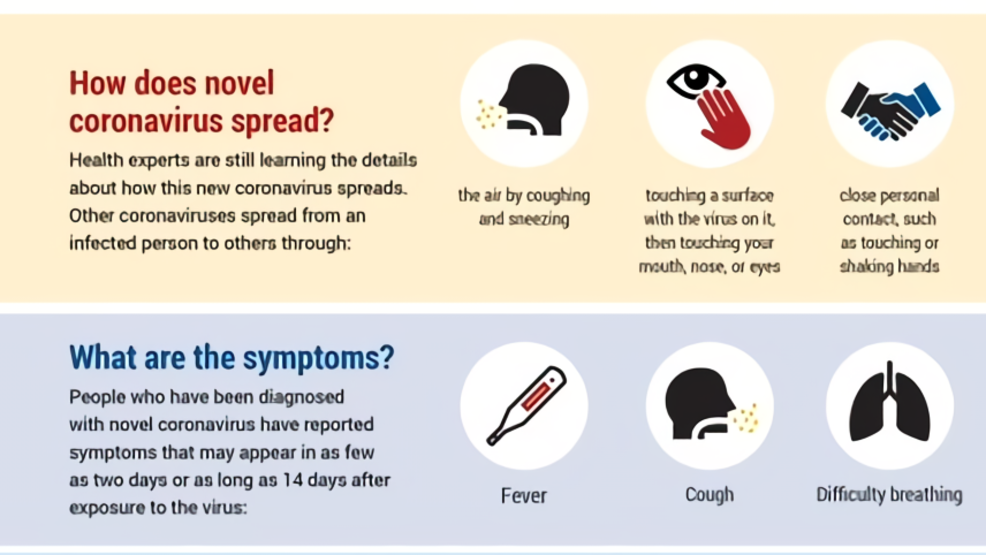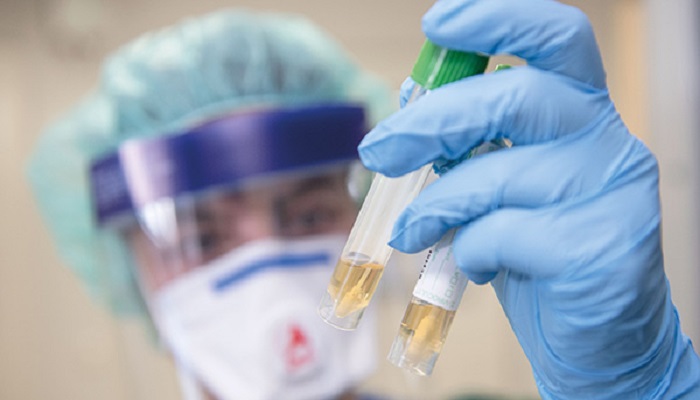Coronaviruses cause severe respiratory and intestinal infections in animals and humans. The viruses were not believed to be highly pathogenic to humans until the year 2002 and 2003 when first outbreak of novel coronavirus strain, Severe Acute Respiratory Syndrome SARS was reported in Guangdong province, China.
Again, ten years after SARS, another highly pathogenic coronavirus strain, the Middle East respiratory syndrome coronavirus (MERS-CoV) emerged in Middle Eastern countries. Both the infectious strains were transmitted to humans from market civet and dromedary camels, and are also believed to originate in bats.
The most recent outbreak recently appeared in December 2019 in Wuhan province, China. In brief time, the virus spread not only to china but also other countries. In March 2020, the World Health Organization declared coronavirus (CoVID-19) a ‘pandemic.’
In recent COVID-19 media briefing, the WHO Director-General stated:
“WHO has been assessing this outbreak around the clock and we are deeply concerned both by the alarming levels of spread and severity, and by the alarming levels of inaction. Therefore, we made the assessment that COVID-19 can now be characterized as a pandemic.’
Pandemic is not a word use carelessly. Pandemic depicts the global emergency for a disease outbreak which needs immediate and dynamic measures to control and to prevent further spread.

Virus Classification And Diversity
Coronaviruses belong to the family Coronaviridae the subfamily Coronavirinae. The sub family is further categorized into four genus based on their pathological relationships and genomic structures:
- Alphacoronavirus (infects only mammals)
- Betacoronavirus (infects only mammals)
- Gammacoronavirus (infect birds and mammals)
- Deltacoronavirus(infect birds and mammals)
The first two genus, Alphacoronaviruses and betacoronaviruses cause respiratory infections in human and gastroenteritis in animals. Two of the highly contagious and pathogenic viruses, SARS-CoV and MERS-CoV, cause severe respiratory syndrome in humans.
Types of coronavirus strains
- SARS-CoV
- MERS-CoV
- HCoV-NL63,
- HCoV-229E,
- HCoV-OC43
- HKU1
- Novel coronavirus, CoVID-19 (wuhan virus)
Coronaviruses are enveloped viruses. The spherical particles are 100–160 nm in diameter. They consists of a positive-sense, single-stranded RNA (ssRNA) genome of about 27–32 kb size. A PCR analysis and diagnostic test can identify the novel coronavirus strain.
Symptoms of Coronavirus infection
- Fever
- Sore throat
- Cough
- Runny nose
- Difficult breathing in severe cases
- Pneumonia like symptoms
Recent statistics
Recent statistic of novel coronavirus pandemic (CoVID-19) by World Health Organization (WHO):
- Total and new cases in last 24 hours globally: 132 758 confirmed
- New cases: 7499 new
- Total deaths: 4955 deaths (342 new)
In China (where it started)
- 80 991 confirmed
- New cases (11 new)
- 3180 deaths (07 new)
Outside of China
- 51 767 confirmed
- (7488 new)
- 1775 deaths (335 new)
Affected countries/territories/ areas: 122 (5 new)
WHO Risk assessment: In China, Regional and Global Level: Very High
A larger number of affected people have recovered successfully. The virus is pathogenic for those with weak immune system such as children, elders and those having some other severe diseases and is already immune-compromised.
On the whole, given the current situation and the fact that no particular treatment has been identified against this pathogenic virus, it is now imperative to take preventive steps to prevent the spread of virus.
Transmission of CoVID-19
The initial cases of CoVID-19 disease were associated to direct exposure to the Huanan Seafood Wholesale Market of Wuhan. Therefore, it was presumed that there was animal- human transmission of virus.
However, subsequent cases were not linked with this exposure mechanism. Hence, it was concluded that the virus is transmitted from human-to-human.
Close contact with symptomatic people are the most frequent source of COVID-19 spread.
Furthermore, the CoVID-19 is respiratory pathogens which are why it can be transmitted through respiratory droplets from coughing and sneezing and hands of infected person.
In a study, the median incubation period for coronavirus was estimated to be 5.1 days (95% CI, 4.5 to 5.8 days), and 97.5% of those who develop symptoms will do so within 11.5 days (CI, 8.2 to 15.6 days) of infection. If you have flu like symptoms and you have traveled to an area which is affected with coronavirus outbreak, it’s better to take medical aid as soon as possible. The sooner medical aid is taken, the better and safer it is.
Now that it is clear that coronavirus is contagious and close contact with the symptomic person puts you at very high risks of getting the infection. Thus, taking precautionary measures is crucial to prevent the spread of infection and to stay safe.
Precautionary measures

- Wash your hands frequently with sanitizer and running water
- Avoid unnecessary touching your eyes, nose or face, this may spread infection
- Were N95 surgical masks
- For health care workers, safety masks are not enough, they should be wearing complete protective dress (hazmat), goggles and masks
- Avoid unnecessary travelling, it is better to stay indoors
- Avoid crowd and public gatherings such as concerts, parties, cinema etc
- If you are having flu like symptoms, stay cautious, and take medical aid
- Most of all, you should be aware of signs and symptoms and what precautionary steps you should take to stay safe and prevent the spread of infection
- Remember that every single person should be careful and play his/her role when there is global pandemic to stay safe and contribute to a healthy global population.


6 thoughts on “Coronavirus pandemic”
Comments are closed.